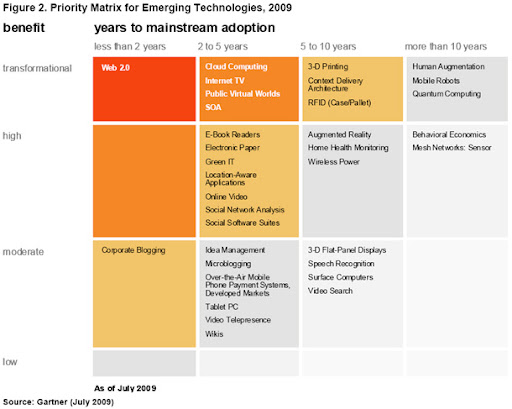
Where Did This Type of Opportunity Scoring Come From? Product teams use opportunity scoring to gauge the potential ROI from working on various features based strictly on which features customers say they value but currently find unsatisfying. In product management, however, opportunity scoring represents a more narrowly-defined framework. Some organizations and teams use it to assess the difference (the gap) between their current performance and the performance level they want to achieve, as well as the most strategic approaches to close that gap. How Can Product Management Teams Use Opportunity Scoring?Īs you can see from the description above, opportunity scoring can be used differently in different fields of business. The most strategically viable opportunities will be those gap-closing initiatives that represent high future value to the company but relatively implementation low costs (in terms of budget, resources, effort, or other metrics). When a business uses the opportunity scoring or gap analysis approach, they need to weigh the relative costs and benefits of bridging all of the gaps they’ve identified in step 3. Business teams of all types use this approach, which they typically call a gap analysis, to determine where deploying their limited resources will help them achieve the greatest return on investment.Ī standard opportunity scoring formula for a business might look like this:

Opportunity scoring plays a prominent role in several areas of business other than product management, such as marketing, sales, IT management, and even investing. What are Other Uses of Opportunity Scoring? However, bypassing opportunity costs in the prioritization process can lead to poor decision making.

In other words, these features promise a strong return for the development time and resources you will need to invest in improving them. Those features that score high in importance and low in satisfaction represent your opportunities. To conduct opportunity scoring (sometimes called opportunity analysis or gap analysis), you ask customers to rate the importance of several features in your product, and then to rate how satisfied they are with each. (Not to be confused with value vs complexity analysis). You can think of opportunity scoring as an importance-versus-satisfaction analysis. In product management, opportunity scoring is a way to prioritize feature development by identifying the features that customers consider important but underdeveloped or otherwise disappointing. Improving these features can represent opportunities for the product to win increased customer satisfaction and loyalty and also to attract new customers. Product teams use this strategy when they want to learn which features customers view as important but are currently unhappy with. Opportunity scoring is one of several popular strategies for prioritizing features on a product roadmap.


 0 kommentar(er)
0 kommentar(er)
